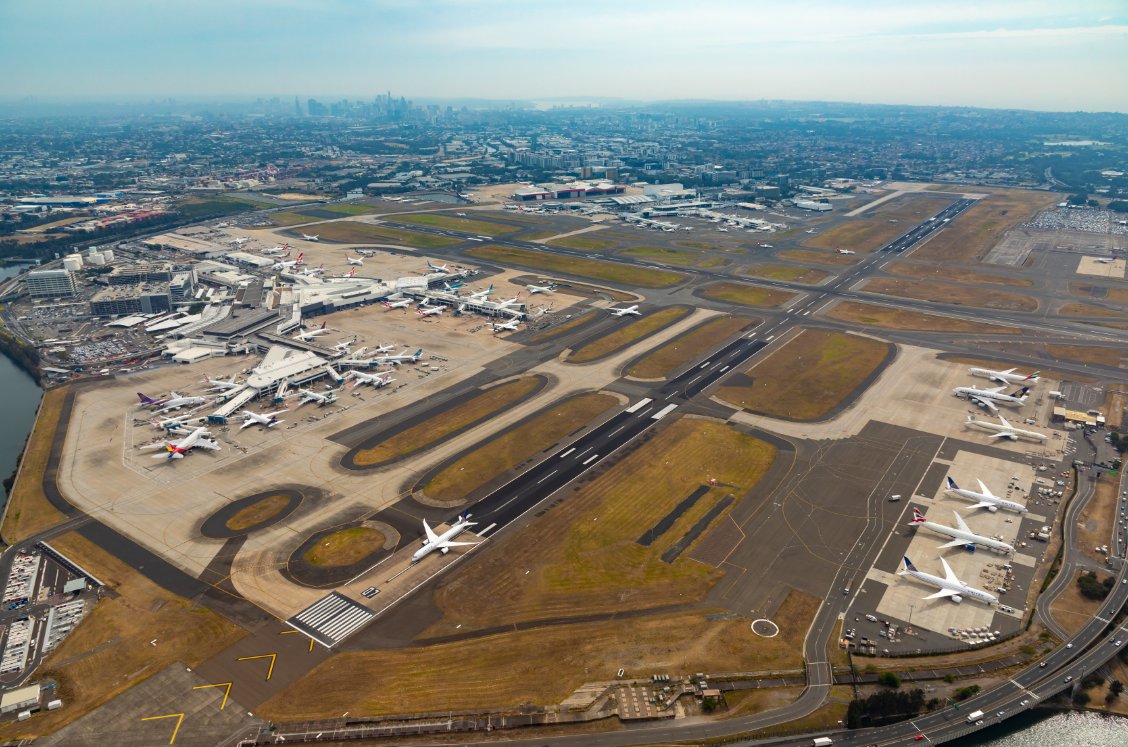Sydney Airport’s east-west runway accepted its first flights yesterday, Sunday 9 May 2021, more than a year after it was closed to accommodate the extraordinary demand for aircraft parking due to the COVID-19 pandemic.
The east-west runway accommodated almost 50 grounded aircraft from almost all domestic airlines during the crisis.
The move to re-open the runway, which temporarily ceased operations on Wednesday 22 April 2020, will help the airport accommodate essential maintenance works on the main north-south runway, while the gradual improvement in domestic air traffic continues.
Sydney Airport’s passenger traffic data for March 2021 showed domestic traffic had recovered to 48 percent of March 2019 levels, however international passengers remain 97 percent down.
Dhruv Gupta, Chief Aeronautical Officer, Sydney Airport, said: “The re-opening of the runway will help us facilitate essential maintenance works on our main north-south runway.
“We’ve had some encouraging signs with the opening of the New Zealand bubble and the ongoing gradual improvement in domestic passenger traffic, but as of March 2021 we were still 68 percent down overall on where we were in March 2019.”
The east-west runway typically accounts for approximately 1-in-10 aircraft movements and is primarily used during weather disruptions and under ‘noise-sharing’ arrangements.
When all three of Sydney Airport’s runways are operational, jet aircraft can use one of 14 available flight paths to land or take off from the airport. During the closure of the east-west runway, aircraft used one of 12 available flight paths on arrival and departure. When maintenance works commence on the main north-south runway in the next few months, 13 flight paths will be available to arriving and departing aircraft.
The announcement of the runway re-opening follows consultation with Airservices Australia and the Civil Aviation Safety Authority to ensure all relevant safety and regulatory requirements were met, as well as community stakeholders.


